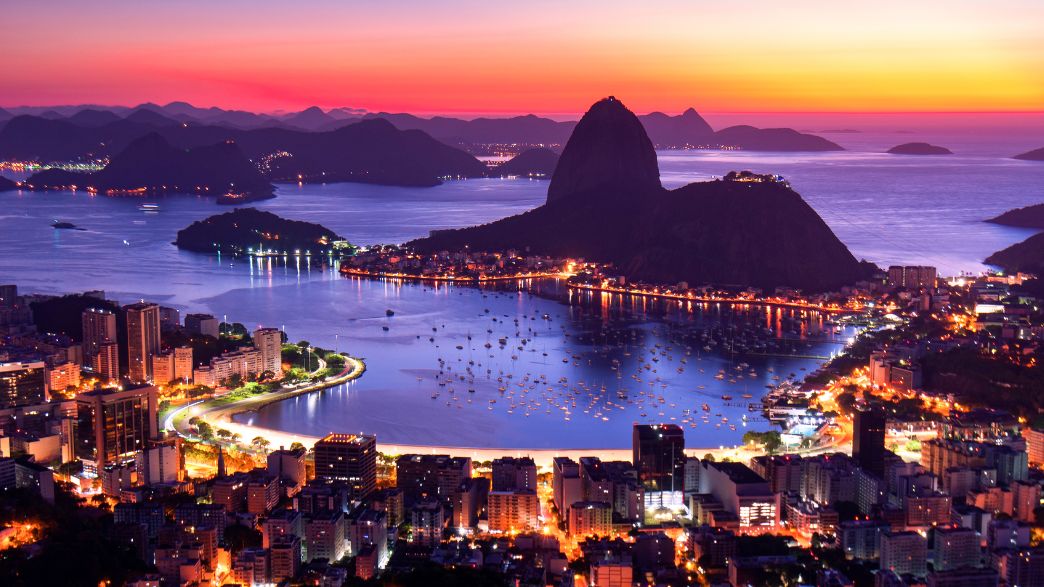Brazil is experiencing a transformative moment in the way it produces and consumes energy. Distributed generation (DG) is changing the energy landscape in the country, creating new opportunities for investments and partnerships, and presenting challenges in the search for sustainability and energy efficiency. Today, we invite you to delve into this topic, comprehensively addressing the current scenario of distributed generation in Brazil.
DG is an electrical energy production system that occurs near or at the place of consumption. This allows for greater efficiency, reduction of losses in transmission and distribution, and greater independence and energy security. Photovoltaic solar energy has been the main source of DG in Brazil, representing 99% of the total.
The most recent data show an impressive growth of DG in Brazil. Since 2013, photovoltaic DG has grown at an average rate of 230% per year. In 2019, the country had 1 GW of installed DG power, which doubled to 2 GW in January 2020 and reached 3 GW in June of the same year. In 2022, Brazil surpassed the mark of 10 GW of installed power in distributed micro and mini-generation, enough to supply approximately 5 million Brazilian residential units, that is, to serve almost 20 million people. By the end of May 2023, DG reached the mark of 11 GW of installed power.
These impressive numbers are the result of a combination of factors, including falling solar panel prices, rising electricity rates, and favorable government policies. ANEEL Normative Resolution No. 482/2012, for example, created the possibility and established the criteria for consumers to generate electricity for their own consumption and even supply any surplus to their locality’s distribution network.
However, despite this impressive growth, there are still challenges to overcome. Existing grid infrastructure needs to be updated to handle the growing amount of distributed generated power. In addition, there are still regulatory and bureaucratic barriers that can hinder the adoption of DG.
Despite these challenges, the opportunities are enormous. DG can play a crucial role in Brazil’s transition to a low-carbon economy, helping to reduce greenhouse gas emissions and dependence on fossil fuels. Furthermore, DG can create jobs, stimulate local development and reduce energy poverty.
An example of how GD is creating new opportunities is the public-private partnership between the city of Rio de Janeiro and GNPW, which won the auction to install a solar power plant on a disused landfill in Santa Cruz. The plant will have a capacity of 5 MWp and the energy generated will be enough to supply around 45 municipal schools or 15 Emergency Care Units (UPA).
In addition, GNPW, through its subsidiary Rio Poti Energia, is also investing in the development of sustainable and environmentally responsible generation projects. The two plants in the State of Piauí do not emit polluting gases and have low maintenance costs, adding savings in energy consumption contracts under the Public Private Partnership.
However, the transition to an energy system based on distributed generation presents challenges. The safe integration of these small producers into the electricity grid and the creation of legislation that promotes equity and encourages adherence to this type of energy generation are crucial points.
According to the Brazilian Association of Distributed Generation (ABGD), the entity has participated in meetings with the Ministry of Mines and Energy and the National Electric System Operator to discuss these matters. The inclusion of solar energy in the electrical system and the challenges of the electrical sector are on the agenda of discussions.
The International Renewable Energy Agency (IRENA) and the Intergovernmental Panel on Climate Change (IPCC) have advocated the importance of energy policies that encourage distributed generation as a way to combat climate change and promote energy security.
In conclusion, distributed generation is changing Brazil’s energy landscape, bringing both challenges and opportunities. Through it, companies like GNPW are redefining the energy scenario, contributing to a cleaner and more sustainable matrix, in addition to presenting new opportunities for investors and society in general.
However, it is necessary to overcome the challenges, mainly regulatory ones, to allow this type of energy generation to become more and more present and efficient. It is necessary to guarantee the safety of the electrical system, equity for producers and consumers and a favorable environment for investment and development of this technology.
In this scenario, collaboration between governments, companies and society is essential to explore the full potential that distributed generation has to offer for Brazil and the world. The energy of the future is clean, sustainable and, above all, distributed.

Comment